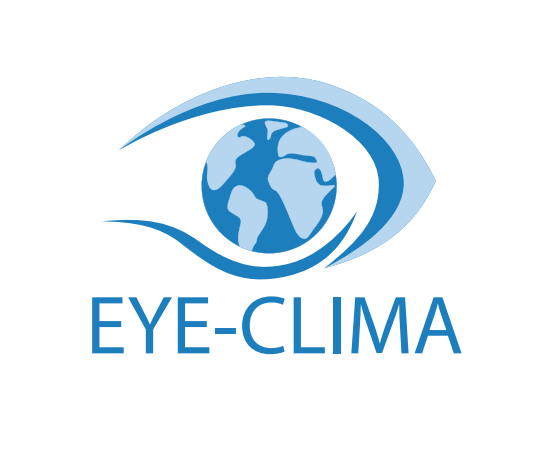EYE-CLIMA - Verifying emissions of climate forcers
The EU funded project EYE-CLIMA aims to improve estimates of emissions and removals of the most important greenhouse gases, namely, co₂, methane, N2O and six F-gases, as well as the aerosol black carbon.
Photo: Marita Kavelashvili on Unsplash
Project details
EYE-CLIMA – VErifYing Emissions of CLIMAte forcers
The Paris Agreement aims to limit global warming to well below 2°C, and preferably to below 1.5°C, by reducing emissions of greenhouse gases (GHGs) globally. Progress towards this target will be monitored through a process known as the Global Stocktake in which the progress on emissions reductions will be assessed every 5-years (the first is to be completed in 2023).
Currently, progress is assessed by National Greenhouse Gas inventories (NGHGIs) (Annex-I-countries) and Biennial Update Reports (non-Annex-I countries). However, these emission inventories/reports suffer from lack of frequency (especially for non-Annex-I countries) and inherent uncertainties. Therefore, there is a strong interest in having independent information on progress towards emission reductions based on observations of the atmospheric concentration of the different greenhouse gases – from satellites as well as from ground-based networks. Changes in atmospheric concentrations represent the integrated effect of human emissions, natural fluxes, atmospheric transport, and any atmospheric production and loss. Thus, by accounting for atmospheric production and loss, changes in concentrations can be used to constrain human emissions and natural fluxes. This is known as the “top-down” method.
There are already a number of initiatives looking into the use of top-down methods to inform on emissions and removals, such as the uptake of co₂ by the land-biosphere. EYE-CLIMA aims to improve the method and address the need for independent verification of National Greenhouse Gas inventories by developing top-down methods based on atmospheric observations (using both satellite remote sensing and ground-based observations) to a level of readiness where it can be used to determine emissions at national and sub-national scales and be incorporated into National Greenhouse Gas Inventories.
In doing so, EYE-CLIMA will support European and national policies on reducing emissions and enhancing removals.
EYE-CLIMA will work together with institutions who prepare NGHGIs to better understand their needs for verification and improvement of their inventories. Through this collaboration, EYE-CLIMA will prepare guidelines on how to use top-down data products to improve inventories and make these data products openly available.
The EU funded Horizon Europe project EYE-CLIMA is led by the Norwegian Institute for Air Research (NILU) with Rona Thompson as the coordinator.
Glen Peters from CICERO is co-leading the work package on outreach together with The international Institute for Applied Systems Analysis (IIASA), Austria. This work will facilitate interaction with the EYE-CLIMA users that include National Greenhouse Gas Inventory compilers, national and EU decision makers, the scientific community and the general public. CICERO is also taking part in the workpackage on bottom-up modelling. This workstream will will estimate land fluxes of co₂, CH4 and N2O from natural and anthropogenic sources and emissions of F-gases and black carbon, including their uncertainties. The work also aims to improve the understanding of key drivers for each greenhouse gas land flux and the impacts of ecosystem management to the net annual fluxes in comparison to other drivers such as atmospheric co₂, nitrogen deposition and fires.
Find out more about the project by visiting the project website: https://eyeclima.eu/
Project partners
EYE-CLIMA is led by the Norwegian Institute for Air Research (NILU) with the following partners:
- University of Vienna, Austria
- CICERO, Norway
- The international Institute for Applied Systems Analysis (IIASA), Austria
- University of Leicester, UK
- University of Crete, Greece
- Karlsruhe Institute of Technology (KIT), Germany
- European Centre for Medium-Range Weather Forecast (ECMWF), UK
- The Swiss Federal Laboratories for Materials Science and Technology (EMPA), Switzerland
- Finnish Metorological Institute (FMI), Finland
- Technical Reference Center for Air Pollution and Climate Change (CITEPA), France
- Swiss Federal Institute of Technology in Zürich (ETHZ), Switzerland
- World Meteorological Organisation (WMO), International
- The French Alternative Energies and Atomic Energy Commission (CEA), France
- Thünen Institute (TI), Germany
- Integrated Carbon Observation Infrastructure (ICOS), Finland
- The French National Centre for Scientific Research (CNRS), France

